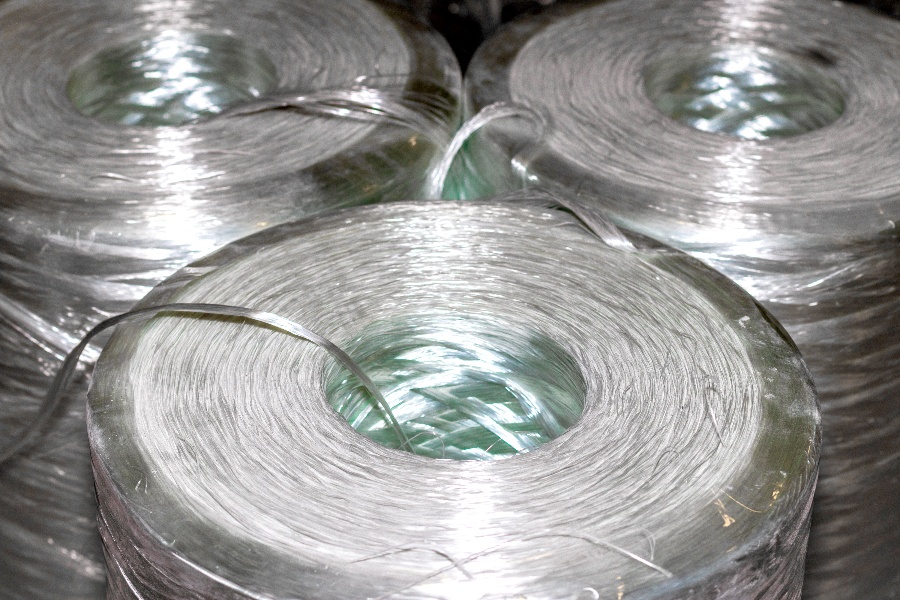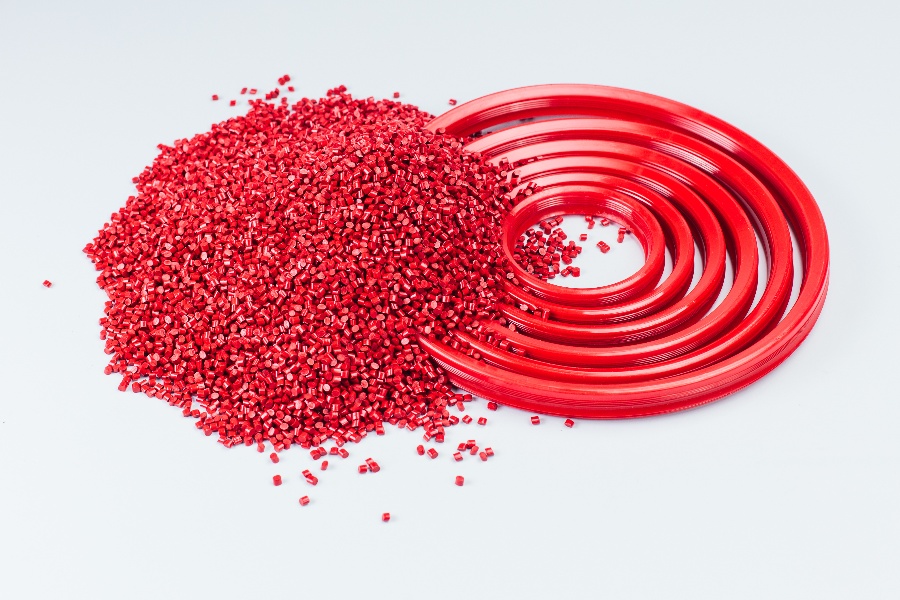
When we think about the utilities sector, the first thing that probably comes to mind is electricity. For many years, wood materials have been used to build power poles that run electricity throughout cities, suburbs, and even remote places.
This was the first step in making sure that everyone had access to electricity. However, over the years, people have begun to realize the downside of using wood to build such essential power structures.
Yes, conventional wooden poles can hold up electrical power lines for a period of time. But, wood when exposed to environmental elements such as the rain, sun, wind, chemicals, and insect damage can rot, warp, and decay over time.
Natural wood decomposes and cannot be used in the construction of utilities structures without the aid of chemical coatings. These chemical preservatives are applied to the wood to make it resistant to corrosion.
The major disadvantage to this is that the chemical coatings are harmful to the environment. When the wood pole falls into disrepair and is discarded in a landfill, those toxic chemicals will seep into the ground.
Inclement weather conditions such as hurricanes, tornadoes and windstorms make a compelling case for replacing traditional wood poles with FRP poles that can withstand damage.
This does not happen with Fiber Reinforced Polymer (FRP) poles. In contrast, utility poles made from composite materials are resistant to water damage, heat, impact, insect damage, and corrosion of any kind. There is no need to add a chemical coating to the exterior of a FRP utility pole. This extends the lifespan of the poles and reduces maintenance expenses.
Fiber Reinforced Polymer (FRP) composite profiles have many anti-corrosive properties, high tensile strength, high sustainability, lightweight, low thermal expansion as well as electrical non-conductivity. The benefits to using pultruded fiberglass products include:
- Light in weight when compared to wood and steel
- portability
- durability
- reliability
- cost-efficiency
- eco-friendly
For example, in August 2017, Hurricane Harvey brought down 5,000 wooden utility poles, leaving over 250,000 people without power for days. Damage was estimated at $125 billion.
In September of the same year, Hurricane Maria caused power outages all over the island, bringing down 80% of Puerto Rico’s wooden poles and causing a blackout that lasted for weeks.
Also in 2017 after a massive windstorm, about 170,000 residents in Rochester, New York lost electricity. The New York State Public Service Commission and local utility service providers replaced wooden utility pole with FRP poles. Budgeted at $1.25 million, the initial costs were estimated at less than the maintenance cost of wood poles.
From 2011 to 2015, a series of hurricanes in the Grand Bahamas downed close to 2,700 wood power poles. However, in the aftermath of the destruction, only the 450 FRP composite poles that had been recently installed were left standing.
Another compelling example can be seen when Hurricane Odile hit the Baja Peninsula of Mexico. After the hurricane had subsided, a post event evaluation found that most of the wooden poles had been struck down. Only the FRP poles were still standing.
Other Applications
Currently, there are many building elements that go into supplying residents with power, water, and gas, many of which are made of wood or metal materials. They can be easily replaced by FRP products. Some of these building pieces include:
- cross arms
- grating
- fencing
- plates
- rods
- bars
- support beams
- catwalks
- handrails
- ladders
- access ways
- stairways
- transformer housing units
In recent years, the American steel industry has been pushing for the use galvanized steel utility poles touting advantages such as to lower installation costs, durable and significant environmental benefits like lower levels of greenhouse gases and aerosol emissions associated with global climate change.
While metal serves its purpose as a hardier material than wood for structural supports, it isn’t the best. Over time, aluminum and steel are susceptible to time to rust, corrosion, and even heat damage.
Metal can also be very dangerous for construction and utility workers when they need to walk across its surface as these can be slippery. Walkways, access ways, and catwalks made of FRPs are non-slip and are much safer to walk on.
Easy to Transport and Lightweight
Conventional building materials such as wood, aluminum, and steel are heavy and difficult to transport. Portability is an issue. When they have to be transported in one piece, they can be very heavy. For example, wooden utility poles are tall and very heavy. Typically made of pine lumber, these poles are about 30 feet tall, and weigh approximately 720 pounds each. Several trucks would be needed to transport replacement wood utility poles.
On the other hand, utility poles made of pultruded products can be transported in lightweight segments measuring about 13-feet in length. This greatly reduces the weight, and makes each pole easy to assemble and install on-site.
Although pultruded products are lightweight, they are stronger than steel, and they can withstand hard impact with no damage.
With a higher tensile strength, a longer lifespan, portability and transportability, pultruded profiles also maintain their structural integrity for more than 15 years with little to no maintenance required.
Project managers in utilities companies can cut down on repair costs and maintenance by replacing wooden utility poles and other utility structural pieces with FRPs, making such products an excellent choice for the utility sector.
Customized Profiles
We use the following raw materials in our formulations:
- epoxy
- vinyl ester
- polyester
- polyurethane
- bonding resins
The materials are then pultruded using our exclusive process and equipment.
Our unique reinforced fiberglass is available in lengths of 5" to continuous spools, in thicknesses of 0.060" to 2", in variable widths, and a tolerable temperature range of -50°F to 450°F. The turnaround time for products made with the specialty resins are 6 to 8 weeks for tooling, 3 to 4 weeks for production.
Pultruded Products in the Utilities Sector
Recently, Tencom was contracted by an electrical company to fabricate fiberglass poles known as “hot line sticks” for their workers. These sticks are used on high voltage electrical power lines in different capacities. The pole is composed of vinyl ester resin and special electrical glass.
To protect workers from electrical shocks, it is important that these poles do not conduct electricity. It is also important to avoid damaging the power lines. As this is a very specialized process, only a select few manufacturers in the United States have the capability of producing such profiles.
To create pultruded products, bundles of reinforced polymer fibers are pulled through a liquid resin bath, formed, and cured into a specific shape. During this process, businesses can choose to customize these profiles by adding colors. These can be shaped into small or large pieces that are extremely lightweight and easy to install.
Such custom profiles were formulated and pultruded using Tencom's proprietary techniques, holding tolerances of ±0.030” on the diameter.
The high voltage hot stick is available in lengths of 3’ to 20’, with thicknesses of 1”, 1-1/4”, and 1-1/2” in diameter. Built to withstand 100 KV per foot, it is durable as well as impervious to moisture.
If you would like to look into using pultruded products in your utilities projects, request a quote today. For more on our custom manufacturing capabilities, contact us.















